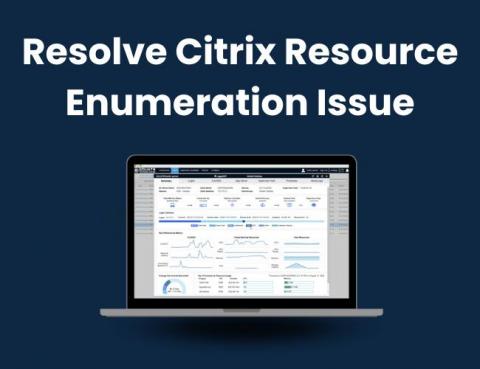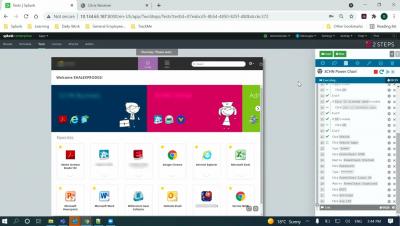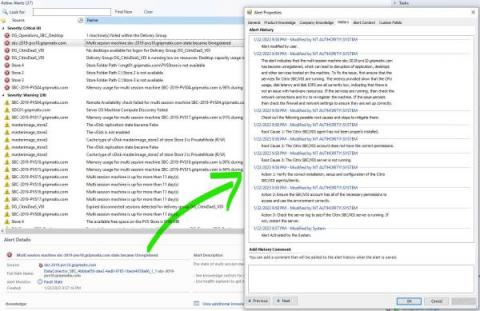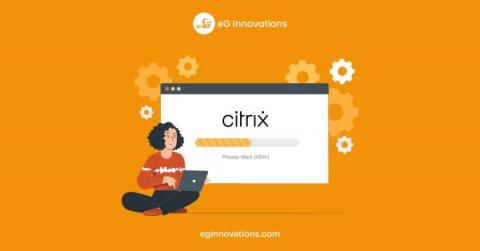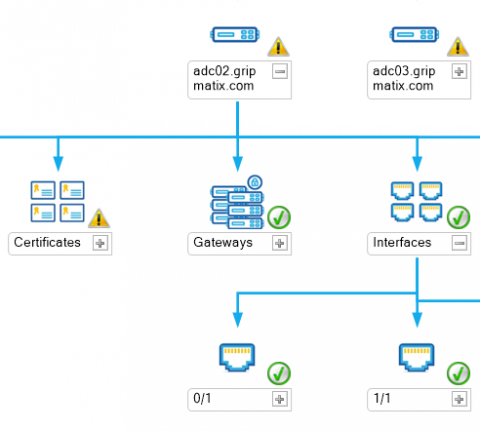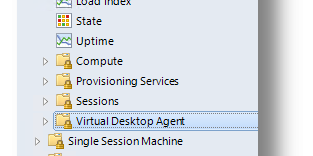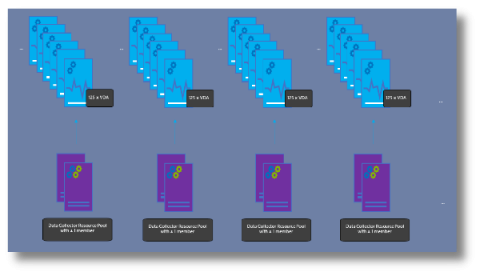Resolve Citrix Resource Enumeration Issue
Citrix is a popular virtualization and remote access solution that allows users to access their applications and data from anywhere. However, like any technology, it is not without its issues. One common problem that users may encounter is the “resource enumeration” issue. Resource enumeration is a process that occurs when the Citrix server scans the network for available resources, such as printers, scanners, and other peripherals.


